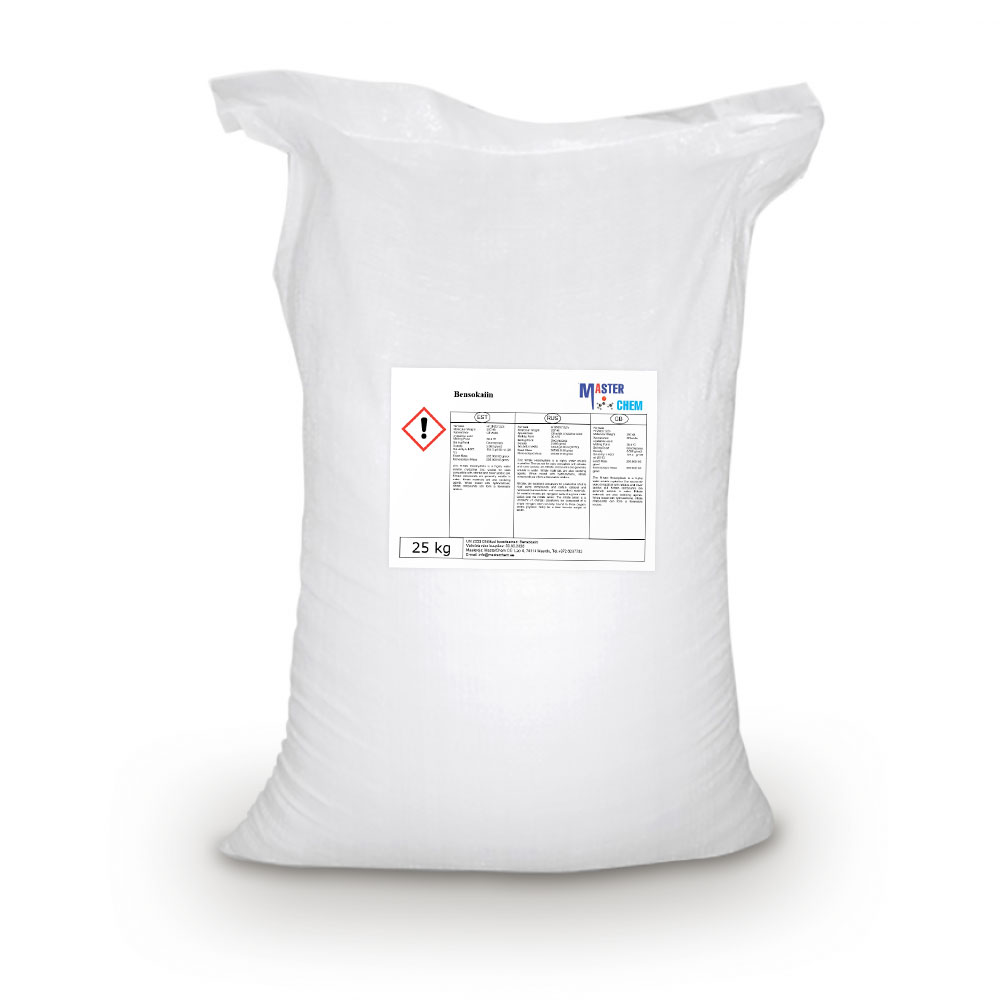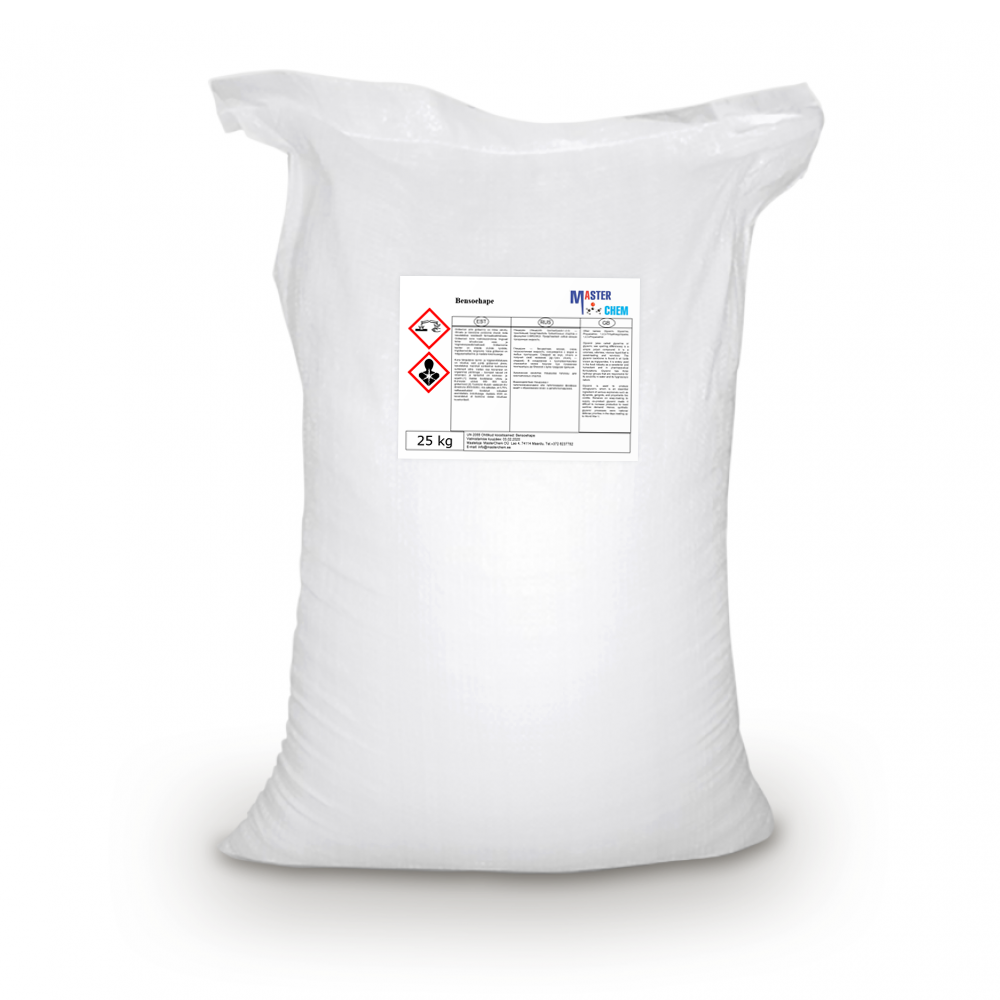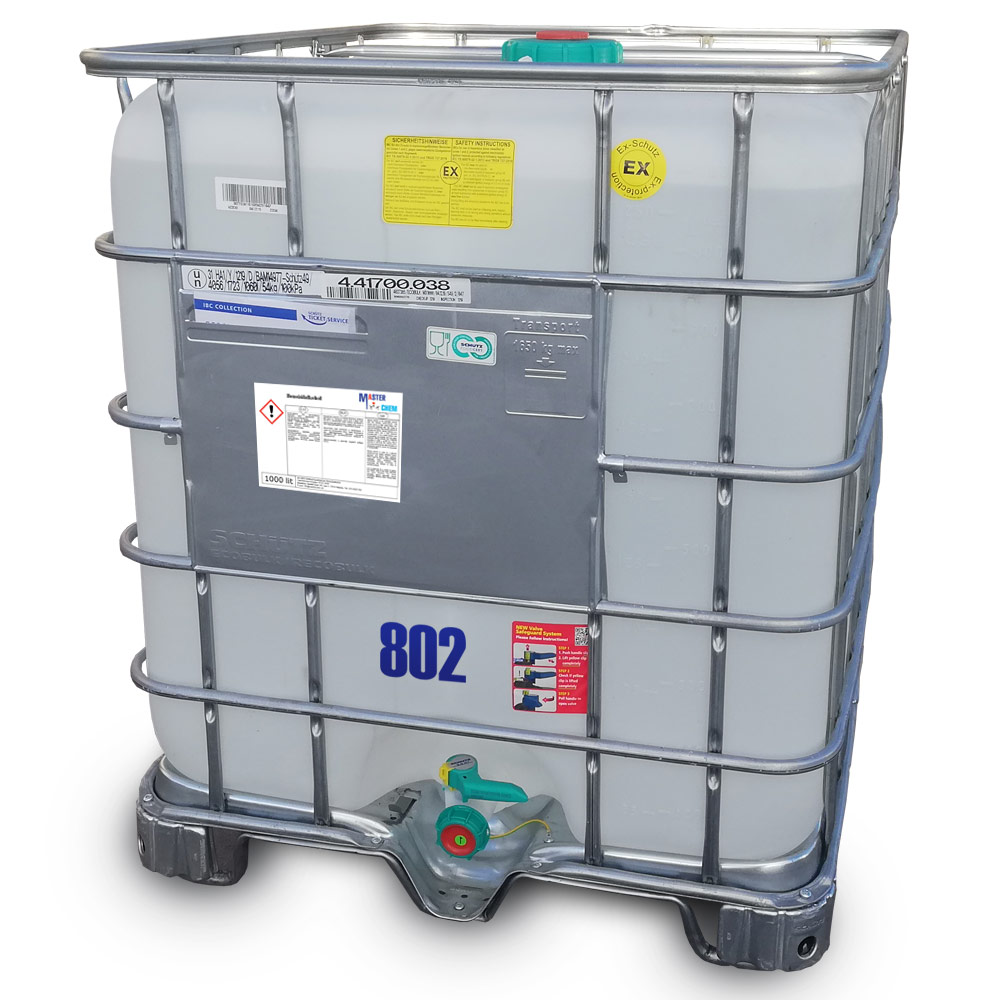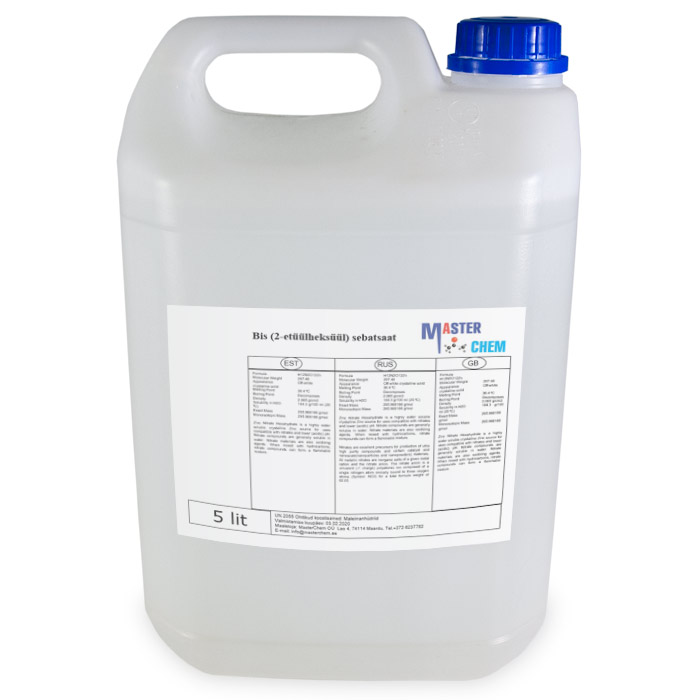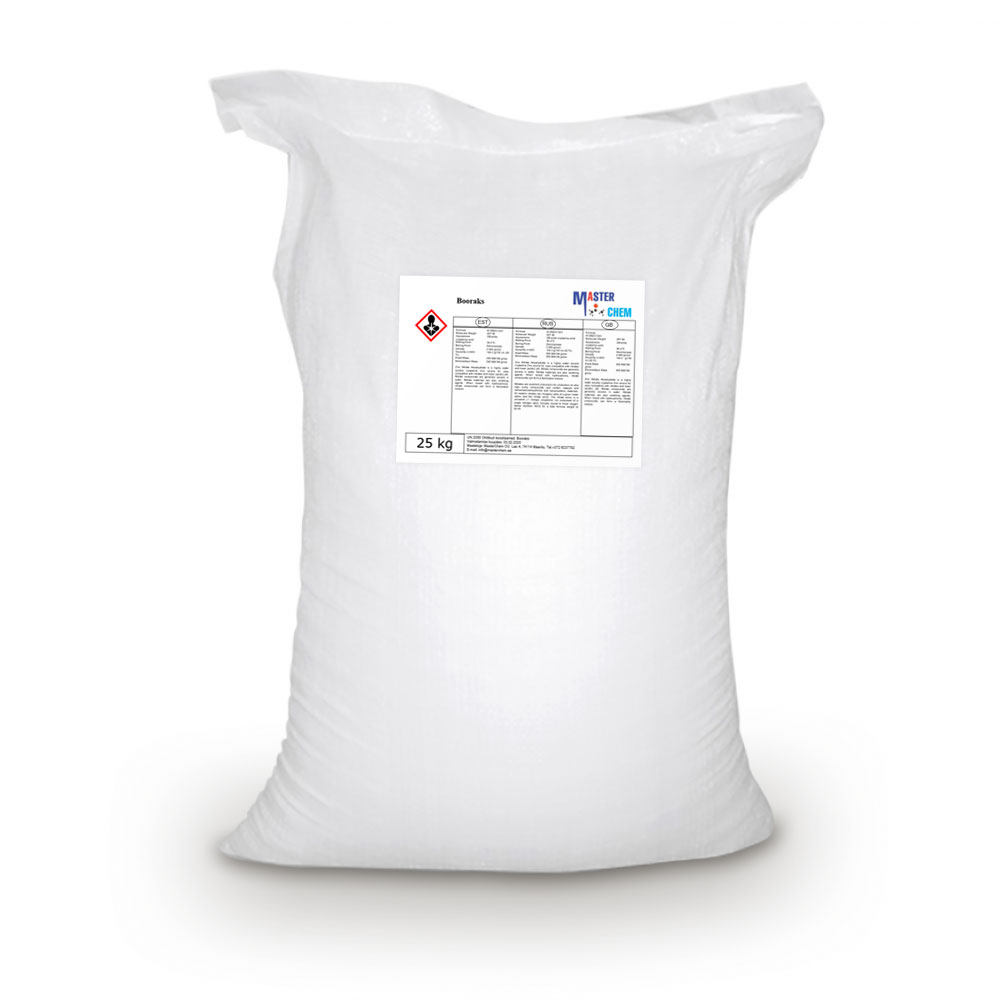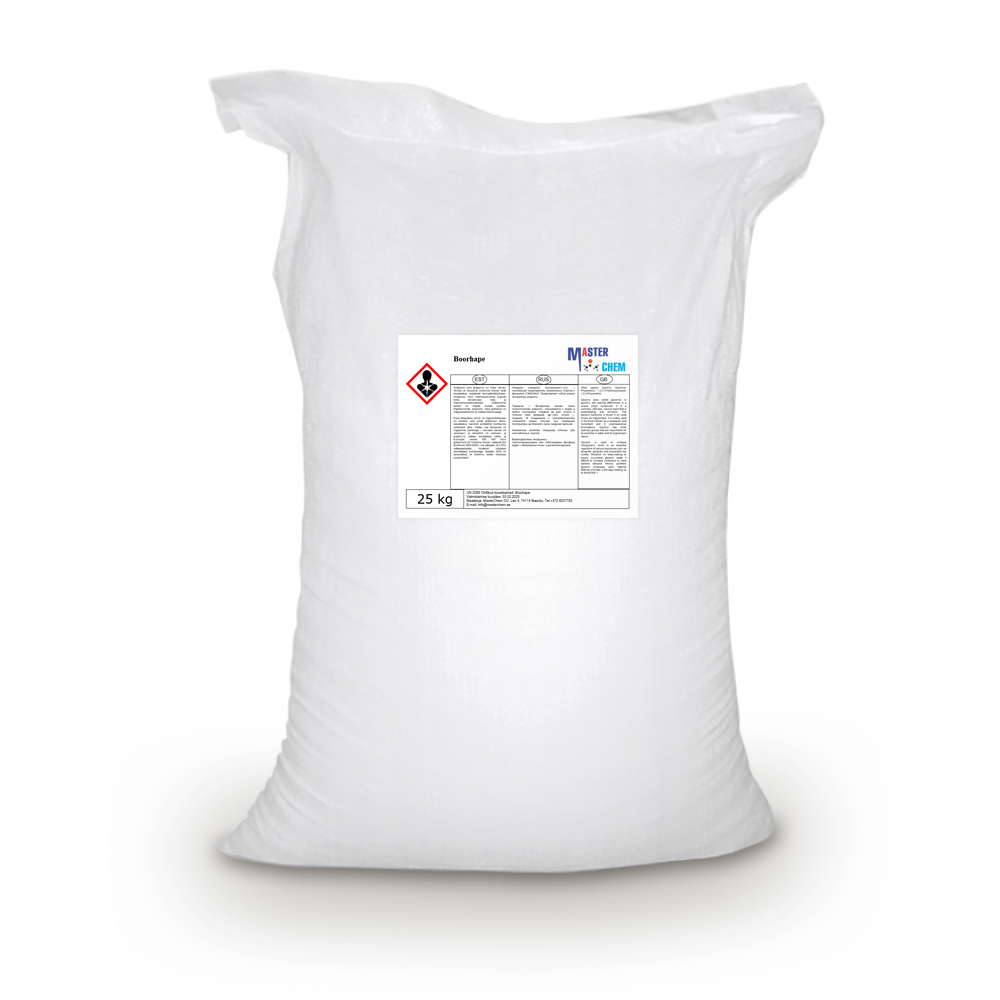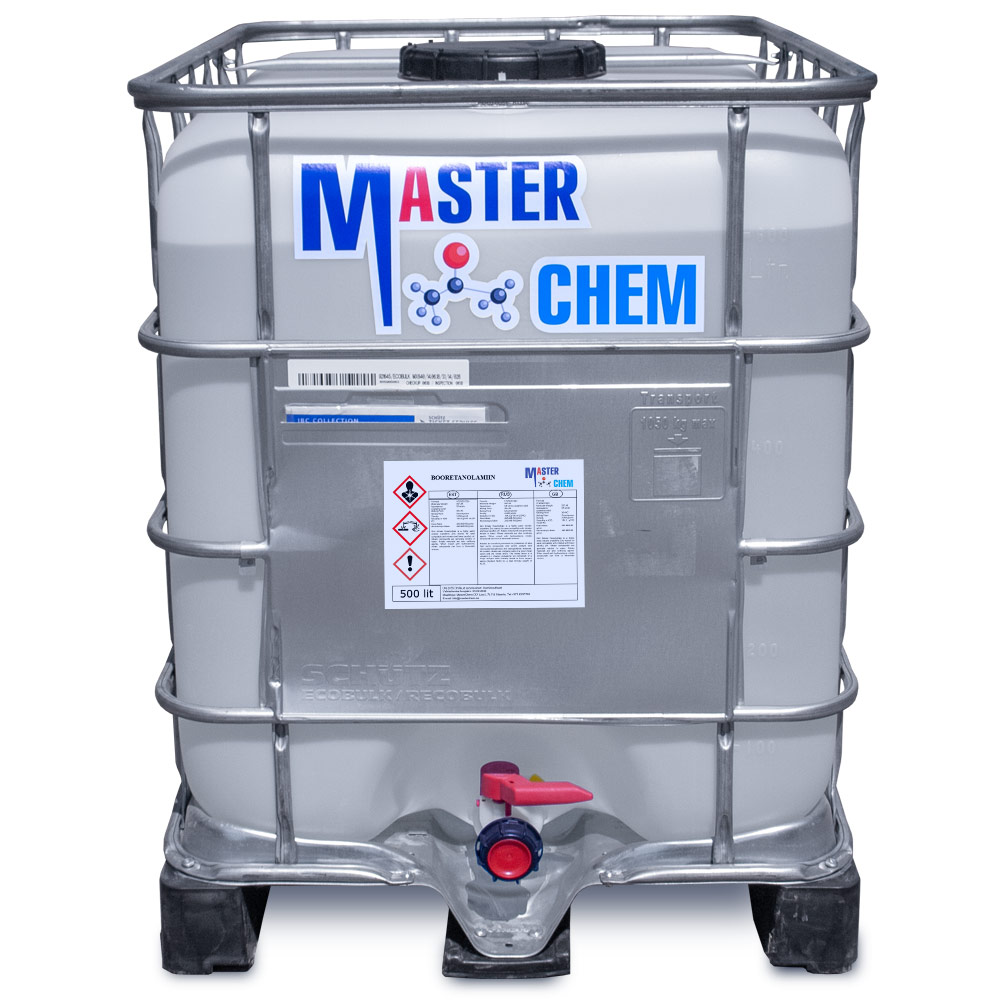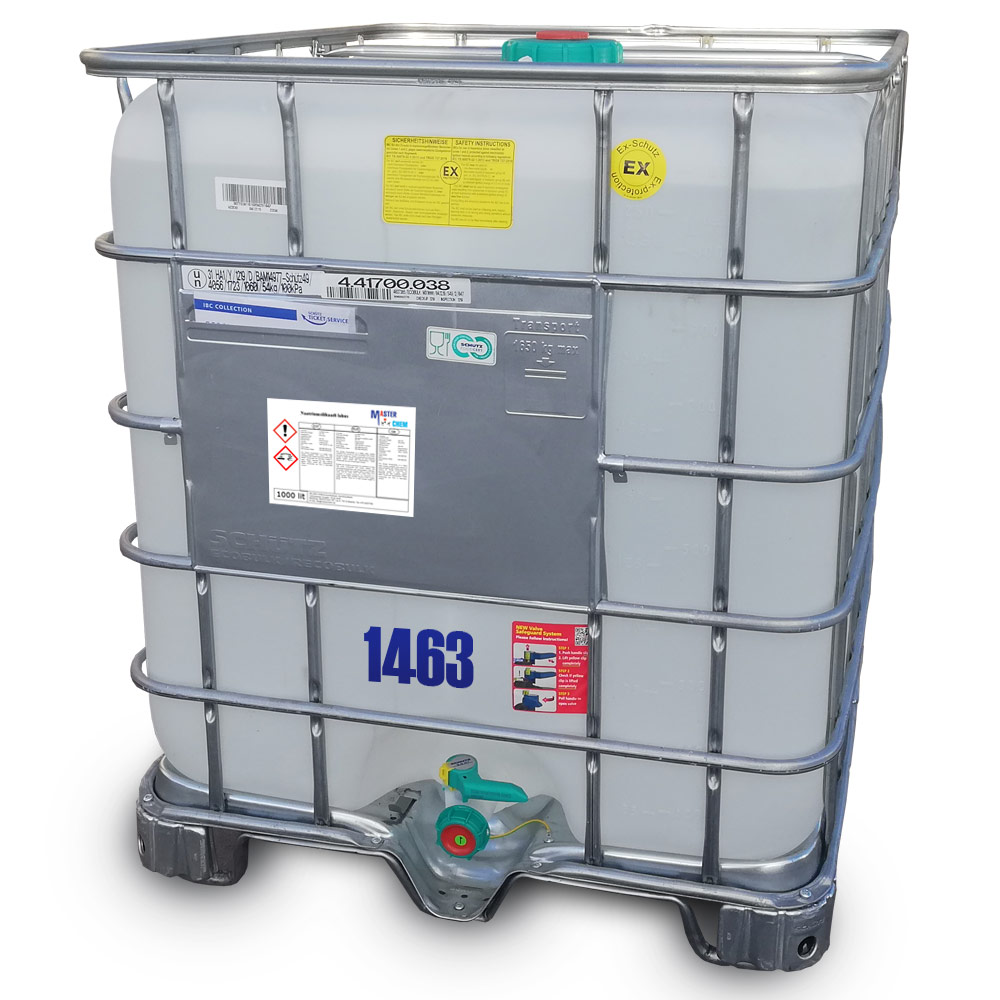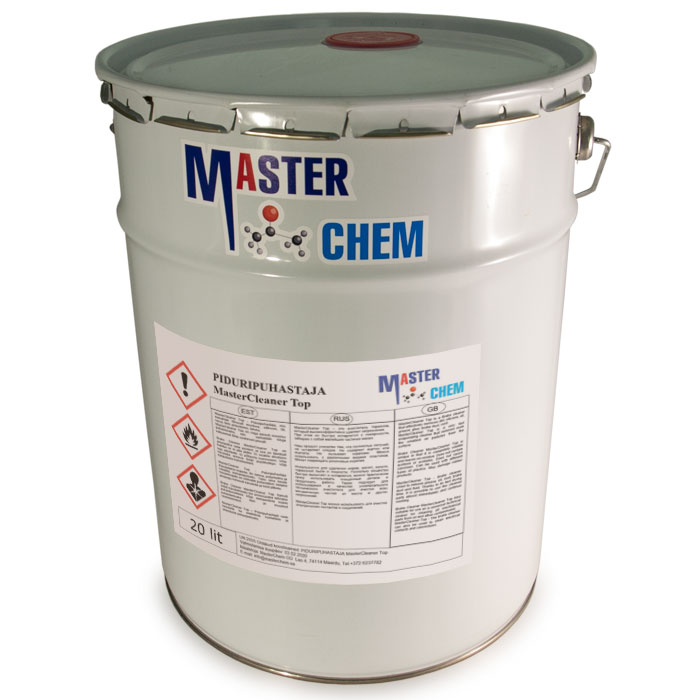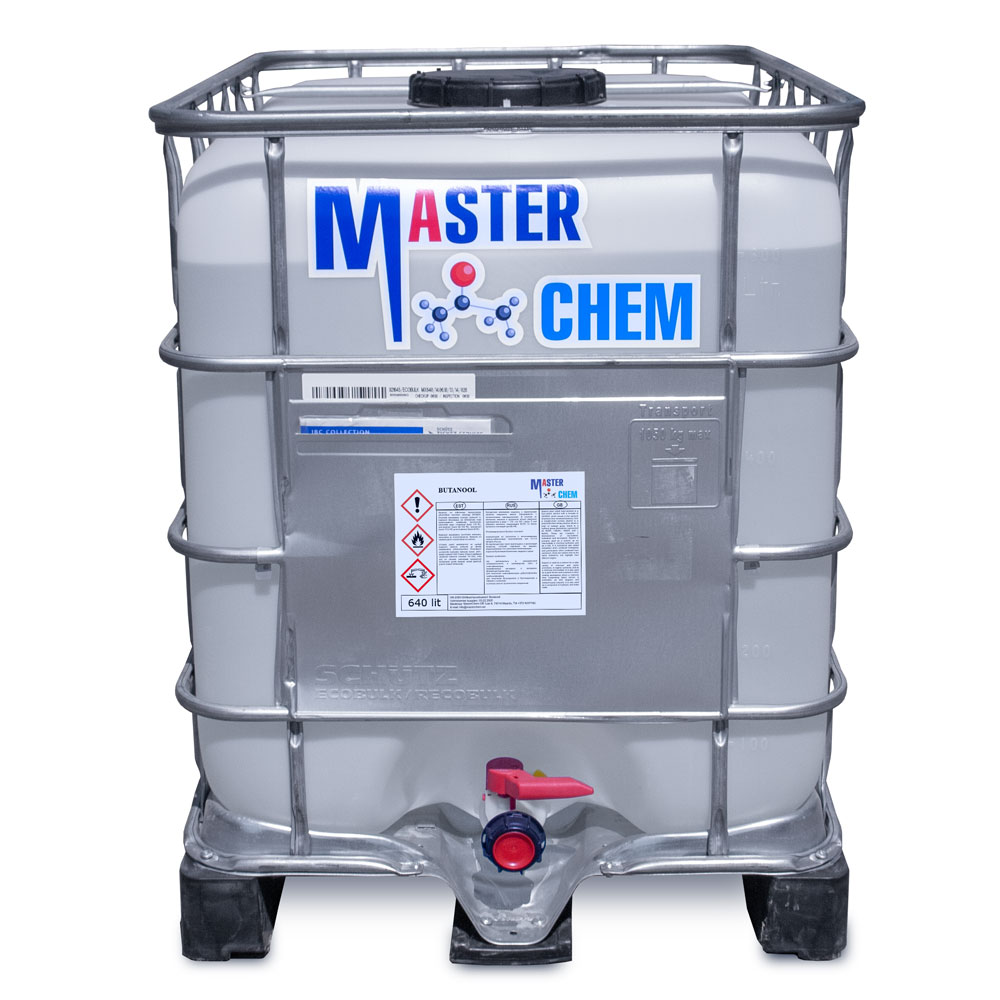Currently Empty: €0.00
Benzocaine (CAS 94-09-7)
Benzocaine (CAS 94-09-7)
Benzocaine is an ester of paraaminobenzoic acid, lacking the terminal diethylamino group of procaine, with anesthetic activity. Benzocaine binds to the sodium channel and reversibly stabilizes the neuronal membrane which decreases its permeability to sodium ions. Depolarization of the neuronal membrane is inhibited, thereby blocking the initiation and conduction of nerve impulses.
Benzoic acid (CAS 65-85-0)
Benzoic acid (CAS 65-85-0)
Benzoic acid /bɛnˈzoʊ.ɪk/ is a white (or colorless) solid with the formula C6H5CO2H. It is the simplest aromatic carboxylic acid. The name is derived from gum benzoin, which was for a long time its only source. Benzoic acid occurs naturally in many plants and serves as an intermediate in the biosynthesis of many secondary metabolites. Salts of benzoic acid are used as food preservatives. Benzoic acid is an important precursor for the industrial synthesis of many other organic substances. The salts and esters of benzoic acid are known as benzoates.
Benzyl alcohol (CAS 100-51-6)
Benzyl alcohol is used as a general solvent for inks, waxes, shellacs, paints, lacquers, and epoxy resin coatings. Thus it can be used in paint strippers, especially when combined with compatible viscosity enhancers to encourage the mixture to cling to painted surfaces.
It is a precursor to a variety of esters and ethers, used in the soap, perfume, and flavor industries. E.g. benzyl benzoate, benzyl salicylate, benzyl cinnamate, dibenzyl ether, benzyl butyl phthalate.
It is also used in e-liquid for e-cigarettes to enhance the flavors used. When applied to damaged skin or mucous membranes at a 10% concentration, it acts as a local anesthetic and antimicrobial agent. It can be utilized as a degreaser in rug cleaning products. As a dye solvent, it enhances the process of dying wool, nylon, and leather. It also has use as a photographic film developer and as an insect repellent.
CAS: 100-51-6
Beta alanine (CAS 107-95-9)
Beta alanine (CAS 107-95-9)
β-Alanine (or beta-alanine) is a naturally occurring beta amino acid, which is an amino acid in which the amino group is attached to the β-carbon (i.e. the carbon two atoms away from the carboxylate group) instead of the more usual α-carbon for alanine (α-alanine). The IUPAC name for β-alanine is 3-aminopropanoic acid. Unlike its counterpart α-alanine, β-alanine has no stereocenter.
Beta carotene (CAS 7235-40-7)
Beta carotene (CAS 7235-40-7)
Beta carotene is an organic, strongly coloured red-orange pigment abundant in fungi, plants, and fruits. It is a member of the carotenes, which are terpenoids (isoprenoids), synthesized biochemically from eight isoprene units and thus having 40 carbons. Among the carotenes, β-carotene is distinguished by having beta-rings at both ends of the molecule. β-Carotene is biosynthesized from geranylgeranyl pyrophosphate.
Bis (2-ethylhexyl) sebacate (CAS 122-62-3)
Bis (2-ethylhexyl) sebacate (CAS 122-62-3)
Dioctyl sebacate (also di(2-ethylhexyl) sebacate, commonly abbreviated as DOS, DEHS, and BEHS) is an organic compound which is the diester of sebacic acid and 2-ethylhexanol. It is an oily colorless liquid and is used as a plasticizer, including in the explosive C4. It has also found use in Dot 5 brake fluid, in ester-based engine oils and additives, as seed particle for Particle Image Velocimetry (PIV) and as a model compound that forms stable aerosols.
Borax (CAS 12179-04-3)
Borax (CAS 12179-04-3)
Borax, also known as sodium borate, sodium tetraborate, or disodium tetraborate, is an important boron compound, a mineral, and a salt of boric acid. Powdered borax is white, consisting of soft colorless crystals that dissolve in water. A number of closely related minerals or chemical compounds that differ in their crystal water content are referred to as borax, and the word is usually used to refer to the octahydrate. Commercially sold borax is partially dehydrated.
Borax is a component of many detergents, cosmetics, and enamel glazes. It is used to make buffer solutions in biochemistry, as a fire retardant, as an anti-fungal compound, in the manufacture of fiberglass, as a flux in metallurgy, neutron-capture shields for radioactive sources, a texturing agent in cooking, as a cross-linking agent in Slime, as an alkali in photographic developers, as a precursor for other boron compounds, and along with its inverse, boric acid, is useful as an insecticide.
In artisanal gold mining, borax is sometimes used as part of a process (as a flux) meant to eliminate the need for toxic mercury in the gold extraction process, although it cannot directly replace mercury. Borax was reportedly used by gold miners in parts of the Philippines in the 1900s.
Borax was first discovered in dry lake beds in Tibet and was imported via the Silk Road to the Arabian Peninsula in the 8th century AD. Borax first came into common use in the late 19th century when Francis Marion Smith’s Pacific Coast Borax Company began to market and popularize a large variety of applications under the 20 Mule Team Borax trademark, named for the method by which borax was originally hauled out of the California and Nevada deserts.
Boric Acid (CAS 10043-35-3)
Boric Acid (CAS 10043-35-3)
Boric acid, also called hydrogen borate, boracic acid, and orthoboric acid is a weak, monobasic Lewis acid of boron. However, some of its behaviour towards some chemical reactions suggest it to be tribasic acid in the Brønsted sense as well. Boric acid is often used as an antiseptic, insecticide, flame retardant, neutron absorber, or precursor to other chemical compounds. It has the chemical formula H3BO3 (sometimes written B(OH)3), and exists in the form of colorless crystals or a white powder that dissolves in water. When occurring as a mineral, it is called sassolite.
Boron ethanolamine (CAS 53587-44-3)
Boron ethanolamine (CAS 53587-44-3)
Boron ethanolamine is a liquid foliar fertilizer that is quickly absorbed and assimilated by the crop, rich in Boron, specially developed as a source of this element. Its application stimulates the growth of cambium tissues and apical meristems, promotes calcium mobility and assimilation, and also the production of pollen and fertilization.
Brake Cleaner MasterCleaner Top
MasterCleaner Top Is a Brake cleaner that effectively removes dirt, silicone, oil, grease, glue, brake dust, soot.
MasterCleaner Top is a very fast evaporating cleaner that removes even the smallest oil particles from the surface.
Brake Cleaner MasterCleaner Top is unique in that it is completely volatile and leaves no residue. Does not contain acetone or acetates. Does not cause corrosion. Can be used with different types of plastics. May damage rubber products.
MasterCleaner Top – Brake cleaner: Used to remove grease, oil, soot, brake dust and fluid. Thanks to its fast drying time, it is possible to use the cleaned parts almost immediately and continue working.
Brake Cleaner MasterCleaner Top Also suitable for use as a universal technical cleaner for cleaning all mechanical parts from oil and other contaminants.
MasterCleaner Top – The brake cleaner can also be used to clean electrical contacts and connections.
Burned lime (CAS 1305-78-8)
Burned lime (CAS 1305-78-8)
Calcium oxide, CaO, occurs as white or grayish-white lumps or granular powder. The presence of iron gives it a yellowish or brownish tint.
Calcium Oxide is a general food additive consisting of white granules or powder of poor water solubility. it is obtained by heating limestone (calcium carbonate) in a furnace. it is also termed lime or quicklime. it is used as an anticaking agent, firming agent, and nutritive supple- ment in applications such as grain products and soft candy.
Butanol (CAS 71-36-3)
Other names: butanol, butyl alcohol
Description:
Butanol (butyl alcohol) is a slightly oily liquid. Without color and with a bright well-expressed smell of fusel oil. It is mixed with other organic solvents. Unlike other alcohols, it is slightly soluble in water (7.6 g/100 g)
Application and usage:
The unique molecular formula, physical properties, and chemical properties of this compound determine the breadth of its use in a variety of tasks in the pharmaceutical, light, chemical and other industries. In different directions, different isomers of butanol are involved (primary, secondary and tertiary butyl alcohols, normal isobutanol). Primary butanol is used to dissolve paint products (lacquers, paints, drying oils), alkaloids, resins, plasticizers, rubbers and vegetable oils. With its participation, dibutylbenzene-1,2-dicarbonate, tributyl ether of phosphoric acid, butyl acetate and butyl ether of acrylic acid are created. Also, its use is advisable in the creation of artificial leather, textiles, durable glass, resistant to impact, photographic films and perfumes.
CAS: 71-36-3

